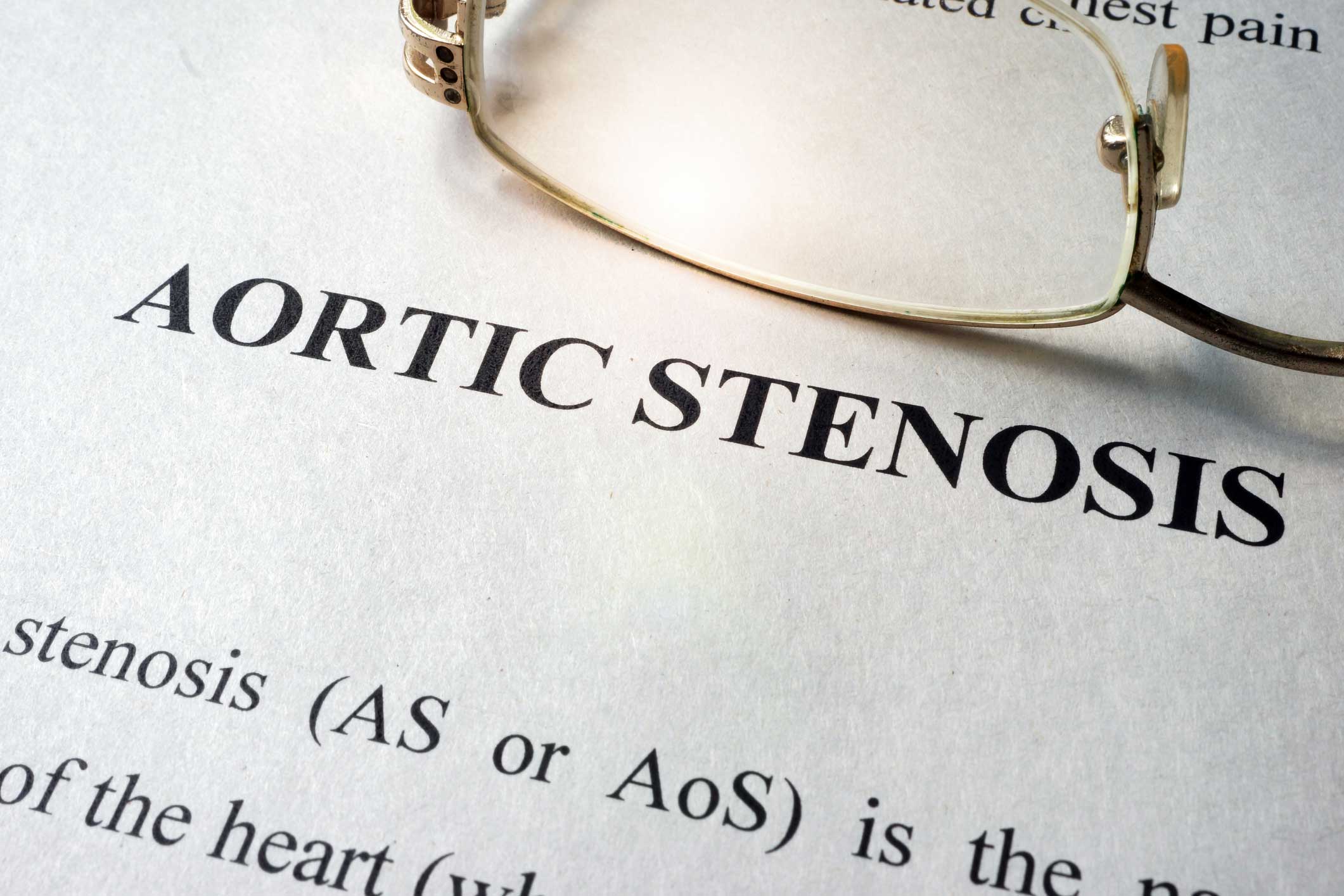<< Back
Hartford Hospital Chosen for Nationwide TAVR Study of Low-Risk Patients

June 15, 2018
The Hartford HealthCare Heart & Vascular Institute at Hartford Hospital has been selected as one of 35 hospitals nationwide participating in a study that allows low-risk patients with severe aortic stenosis to receive a replacement aortic valve in a minimally invasive procedure using catheters instead of conventional open-heart surgery.
Since the Food and Drug Administration approved transcatheter aortic valve replacement, or TAVR, for high-risk patients in 2011, Hartford Hospital has performed more than 800 successful procedures — the foundation of one of the biggest TAVR programs in New England. It’s the only New England hospital accepted for this study, the Partner 3 Low Risk Continued Access Registry, by Edwards Lifesciences of Irvine, Calif., maker of the Sapien 3 biological-tissue heart valve used in the TAVR procedure.
“For participation in the registry,” says Dr. Ray McKay, co-director with Dr. Francis Kiernan of the Heart & Vascular Institute’s Structural Heart Program, “patients with severe aortic stenosis who are at low operative risk will be evaluated by our Structural Heart Team and approve for enrollment by a national screening committee. Patients will be seen in follow-up at 30 days and yearly for a total of 10 years.”
Hartford Hospital physicians have served as principle investigators in several national trials documenting the safety and efficacy of TAVR, leading to the FDA’s approval for the procedure in extreme-risk, high-risk and intermediate-risk patients. Already, Hartford Hospital has performed more than 100 successful TAVR procedures in intermediate-risk patients, with no fatalities or serious complications. Because of the newness of TAVR technology, it’s expected doctors will follow a patient’s health for at least 10 years to help determine the long-term durability of the Sapien 3 valve.
TAVR, initially for high-risk patients who were not candidates for conventional open-heart surgery, is now available to more patients with aortic stenosis, a hardening and narrowing of the aortic valve. TAVR once showed a significantly higher risk of stroke than surgical aortic valve replacement, which researchers are now seeing as perhaps a byproduct of a procedure introduced for elderly patients and the earliest TAVR devices that were stiff and unwieldy. (During heart-valve replacement, those new valves dislodged pieces of the old valve, calcium or other debris that loosened and could move through the arteries to the brain, causing a stroke.)
Subsequent studies have revealed a much greater tolerance of TAVR in intermediate-risk and low-risk patients. A study of intermediate-risk patients, for instance, found no difference in results between TAVR and open-heart surgery.
Hartford Hospital was among the original research sites in the Edwards Partners 3 Low Risk TAVR trial that ended in March 2018 with 1,185 patients with severe aortic stenosis who were considered low risk for either TAVR or conventional surgery. The trial’s results will be presented in 2019.
The latest study, which can include up to 2,000 low-risk patients nationwide, began in June 2018 and will continue as the FDA examines the Low Risk trial results.
Aortic stenosis, often related to age, can be caused by mineral deposits (calcium) on the aortic valve’s leaflets. Eventually, the leaflets stiffen and lose their capacity to open completely, making it more difficult for the heart to pump blood through the aortic valve to feed the rest of the body. Because blood now reaching the brain contains less oxygen, it can cause symptoms like shortness of breath, lightheadedness, fatigue and chest pain. Smoking, high cholesterol and high blood pressure can also contribute to aortic stenosis.
Conventional open-heart surgery to replace the aortic valve usually requires an incision across the sternum (breast bone), a heart lung machine that takes over for the patient’s heart during the procedure and the removal of the diseased aortic valve. In a TAVR procedure, an interventional cardiologist works with a cardiothoracic surgeon, guiding a new valve through an incision in the leg as the patient’s heart beats. The new valve is placed within the diseased aortic valve.
Recovery from a TAVR procedure is typically about a week, compared with three months for a surgical-valve replacement.
For more information on TAVR at Hartford HealthCare’s Heart & Vascular Institute, click here.